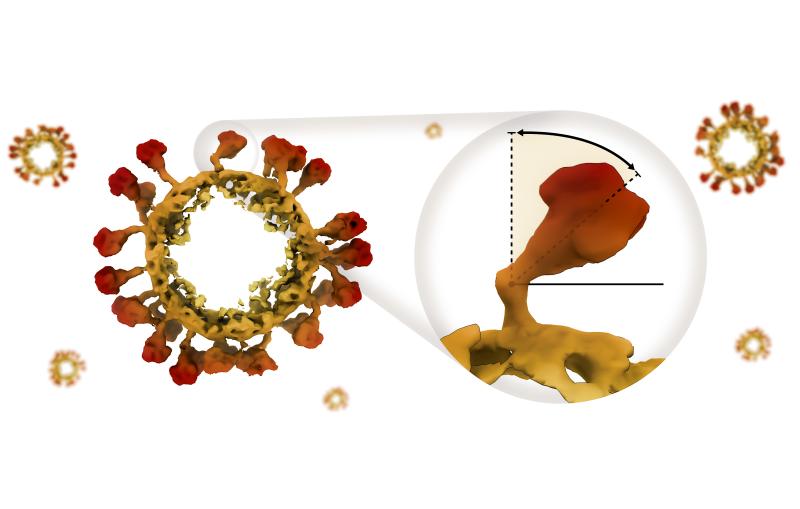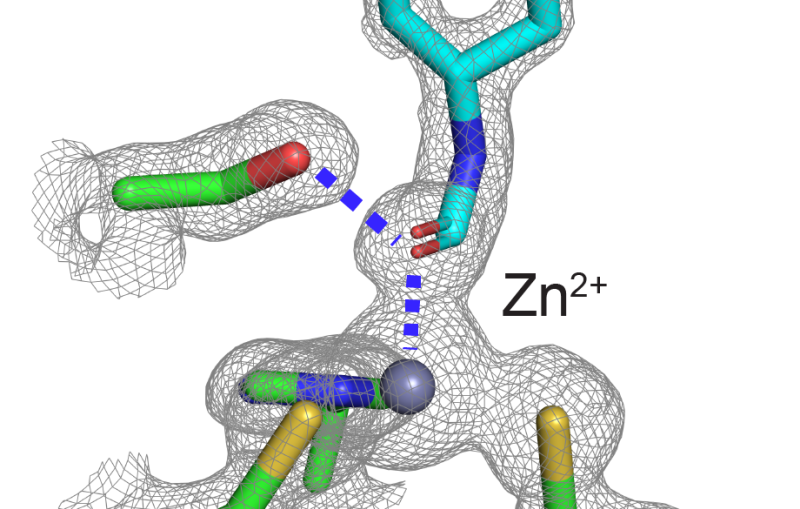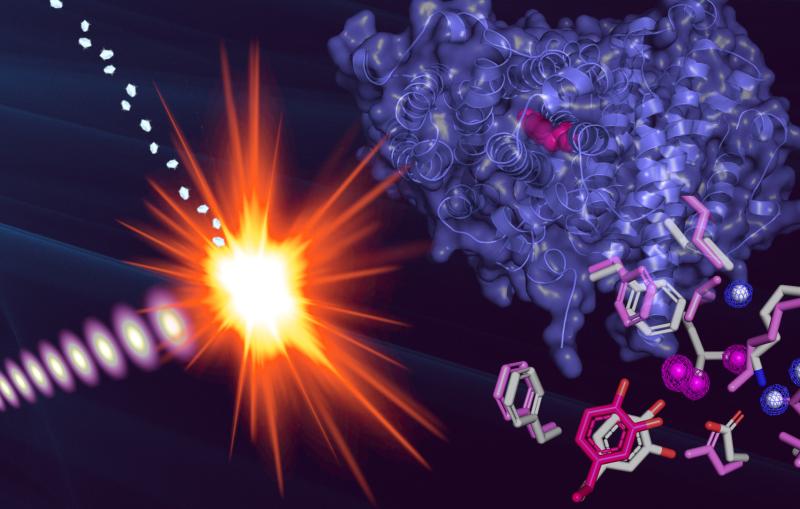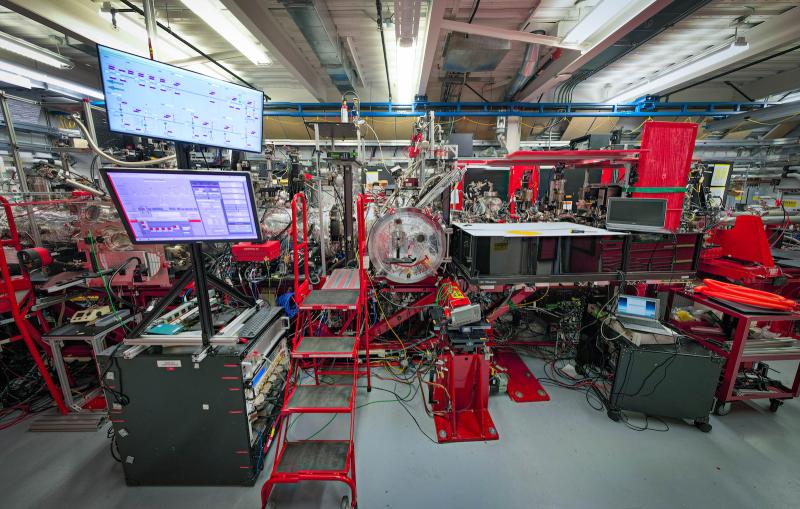May 14, 2019
Extreme cold could help researchers reveal herpesvirus infection
Stanford virologists are working with scientists at the new Stanford-SLAC Cryo-Electron Microscopy facility to take a new look at how herpesviruses infect cells.
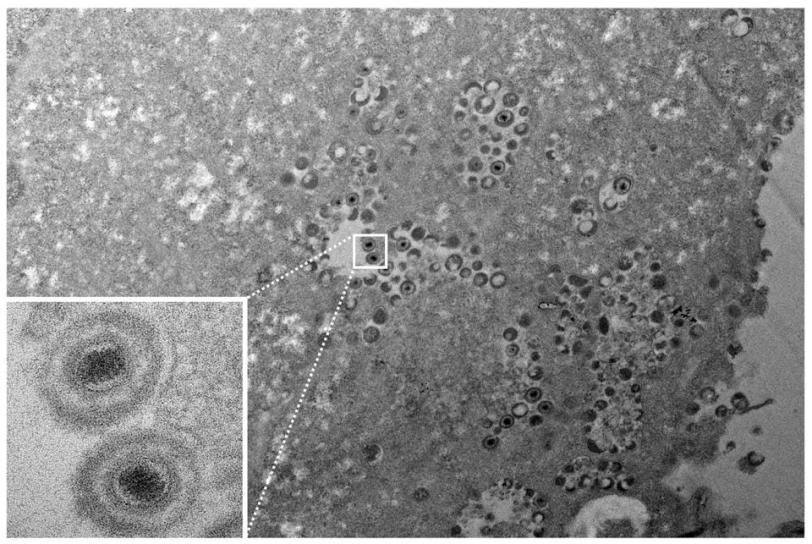
Dig Deeper

